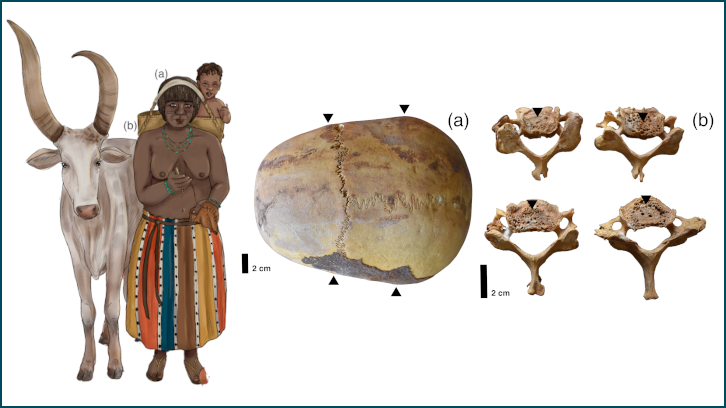Uses of Artificial Intelligence in the Radio Production Cycle: A Framework for AI Tool Classification

More and more artificial intelligence tools are being introduced to automate processes ranging from computing to audiovisual platforms. To understand how AI is transforming the radio production process, researchers at UAB have developed a model to classify these tools, and it can be modified to encompass any audiovisual product.
This paper presents a model for classifying artificial intelligence (AI) tools in radio production, considering the phase of the production cycle, the function they perform, and the type of AI they correspond to. This classification can serve as a useful methodological tool for future research. Although we have focused on radio production, the model can be applied, with minor adjustments, to any audiovisual product.
The study explores how AI is revolutionizing radio production. This technology not only offers significant advantages over traditional methods but also challenges existing structures and production routines, forcing the industry to adapt.
Three types of AI are identified: Analytical AI, which detects patterns and predicts future situations; Assistive AI, which performs mechanical tasks automatically, and Generative AI, which simulates creative processes and generates content.
To contextualize the various applications of AI, the study defines six phases in the radio production cycle: Ideation, Research, Production, Distribution, Interaction, and Archiving. Using an inductive methodology based on the observation and analysis of 96 specific AI applications available on the market, 45 potential AI functions have been identified and distributed across these six phases.
The results highlight that AI can streamline the production process and add value to the final product. The study also emphasizes the need for new skills and professional roles in the industry, as well as the importance of ethical oversight to prevent misinformation and biases.
The article frames the rise of AI in the audiovisual sector within the theories of radical technological innovation, technological discontinuity, and disruptive innovation. These perspectives help to understand the depth of the changes that AI is bringing to the radio industry.
The paper provides concrete examples of how AI is being used in radio, such as the automatic generation of news summaries for young audiences (NRK), the segmentation and automatic transcription of information for bulletin creation (PRISA Radio), the use of synthetic voices for program hosting (Radio Piekary), or the creation of fully AI-operated stations (RadioGPT). It also mentions applications in audio distribution (Spotify with "AI DJ", YouTube Music) and audience interaction (RAiDiO.FYI).
Department of Audiovisual Communication and Advertising
Universitat Autònoma de Barcelona
References
Ribes Guardia, X.; Monclús Blanco, B. & Terol-Bolinches, R. (2025). Usos de la inteligencia artificial en el ciclo de un producto radiofónico: modelo para la clasificación de herramientas IA. Revista De Comunicación, 24(1), 455–474. https://doi.org/10.26441/RC24.1-2025-3709


